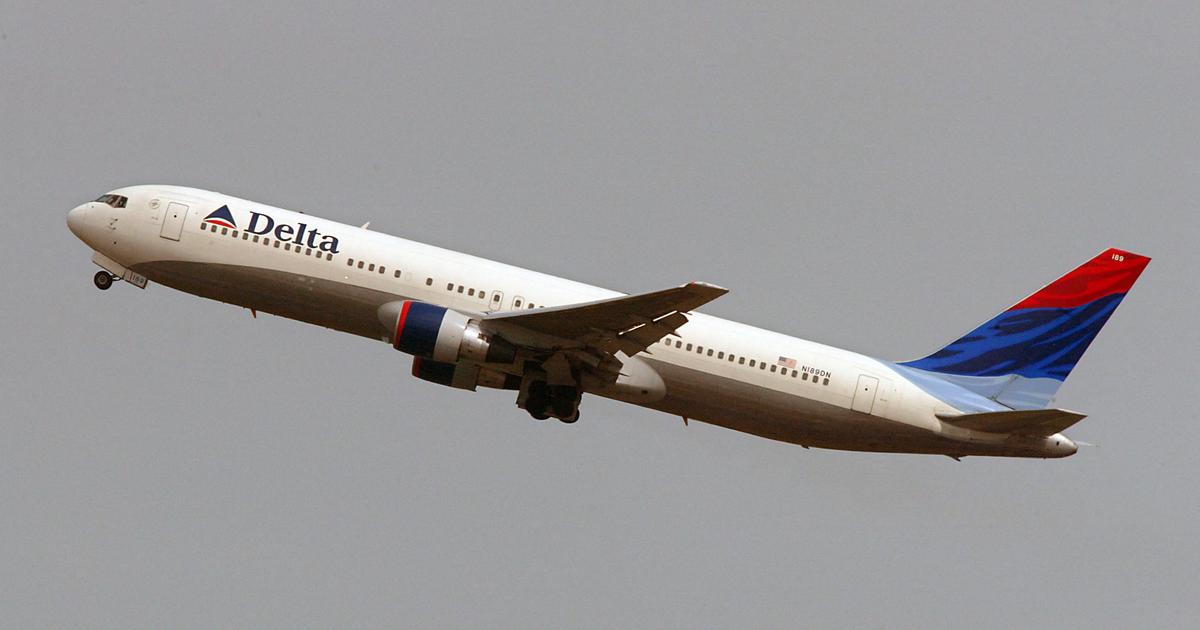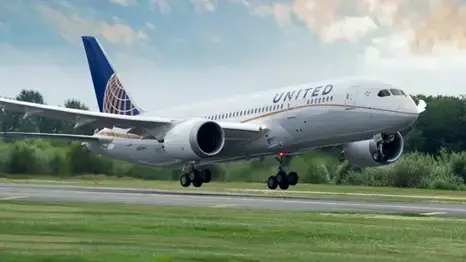- Click to share on Facebook (Opens in a new window)
- Click to share on Twitter (Opens in a new window)
- Click here to share on LinkedIn (Opens in a new window)
- Click to email a friend (Opens in a new window)
Plane spills fuel on schools and leaves 60 injured 1:35
(CNN) - A Delta plane that sprayed children in six Los Angeles schools with fuel this week left many bewildered about how such a maneuver occurred in a populated area.
While federal officials investigate the incident that injured 60 people, these are the answers to the key questions:
What happened?
The Delta Air Lines flight was heading from Los Angeles to Shanghai on Tuesday when it experienced a problem with the engine shortly after takeoff. On his return to the Los Angeles International Airport, he threw his fuel, affecting several schools on his way.
Did the pilot notify the air traffic control?
Do not.
The air crew generally notifies the air traffic control of an emergency and indicates that they need to unload fuel, the Federal Aviation Administration said. Air traffic controllers direct the aircraft to the appropriate fuel discharge area. But in this case, the pilots did not ask for approval before the fuel launch, according to federal officials.
LOOK: 60 people (many of them children) were injured after a plane threw fuel on schools near Los Angeles
"A review of yesterday's air traffic control communications shows that the Delta Flight 89 crew did not tell the air traffic control that they needed to unload fuel," the FAA said in a statement Wednesday.
Delta declined to comment, citing an ongoing investigation.
"The aircraft landed safely after the release of fuel, which was required as part of the normal procedure to achieve a safe landing weight," the airline said.
What was wrong with the engine of the plane?
In the audio of the conversation between a Delta pilot and an air traffic controller posted online, the pilot said the flight was returning to Los Angeles International Airport because an engine had compressor failures. This affects the air flow.
The pilot described it as "not critical."
"Well, then you don't need to retain or discharge fuel or something?" The control tower questioned. The pilot said: "Uh, negative."
After hearing the transmissions between the tower and the pilot, CNN aviation security analyst David Soucie said there could have been a communication failure.
LOOK: 60 injured after a plane spilled fuel on six schools
The air traffic controller should have asked the question about retaining or unloading fuel without using the word "no," and should have repeated the question, Soucie said.
The pilot said the engine was under control, so he could have taken the plane over the Pacific Ocean to discharge fuel or burn it, said Soucie, a former FAA safety inspector.
Why do airplanes need to discharge fuel?
There are maximum takeoff and landing weights for airplanes.
In order for a plane with tanks full of fuel to land, it must tip over it so that it can prevent it from exploding on landing, Soucie said. In this case, federal officials said the fuel discharge procedure did not occur at the optimum altitude that would have allowed the fuel to be properly atomized.
While the details about the Delta incident are unclear, Soucie said one theory is that the pilots could have forgotten to drop the fuel until the last minute while they made a pre-landing checklist and discovered that the weight of the plane was too much. And instead of going around the airport again to drop it somewhere else, they may have decided to throw it on the ground.
LOOK: Passenger records the flames coming out of an engine of a United plane that made an emergency landing
If a pilot decides to discharge fuel, the air traffic controller has to assign the flight an altitude of at least 2,000 feet (about 600 meters) above the highest obstacle, according to federal officials.
“If you are in contact with an aircraft when it begins to discharge fuel, you must inform other controllers and facilities that may be involved. The facilities involved will transmit a warning about the appropriate radio frequencies at 3-minute intervals until the spill stops, ”says the FAA.
How does the fuel discharge process work?
There are special procedures for aircraft fuel dumps that operate at major airports in the United States.
"These procedures require that the fuel be thrown over designated depopulated areas, typically at higher altitudes so that the fuel is atomized and dispersed before reaching the ground," according to the FAA.
If the plane had been at 8,000 feet (2,500 meters) when the spill occurred, the fuel would never have fallen on the schools because it would have atomized after leaving the wings, Soucie said.
LOOK: Video seems to show that two missiles hit the Ukrainian passenger plane shot down by Iran
It is "uncommon (the discharge of fuel) at a lower altitude where it reaches the ground," he said.
Those affected by jet fuel were decontaminated with soap and water, and got clothes to change. They did not need to be hospitalized.
The jet fuel finally evaporated, and the affected schools returned to their normal schedules on Wednesday.
Plane









